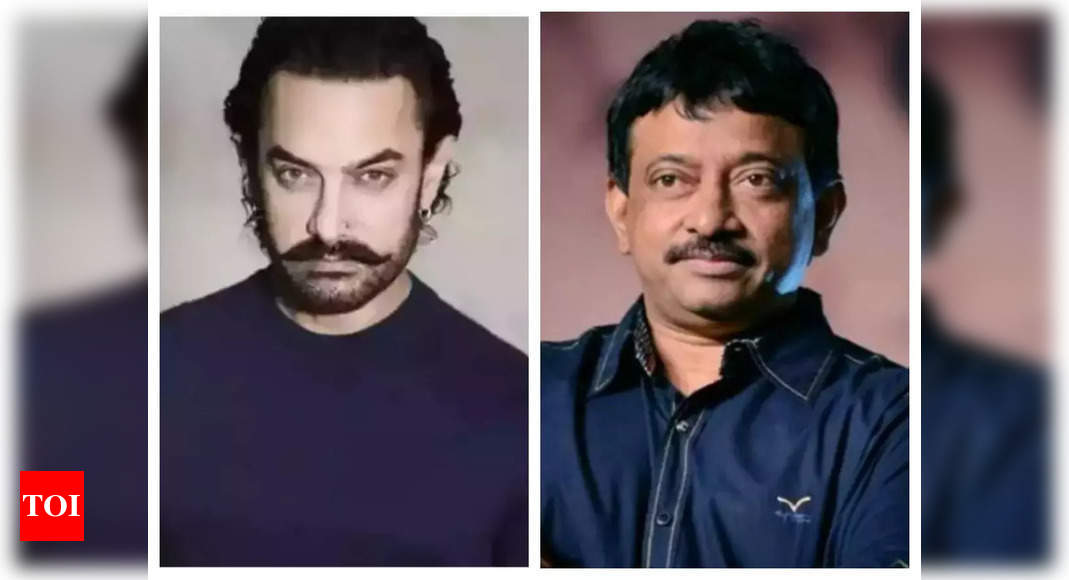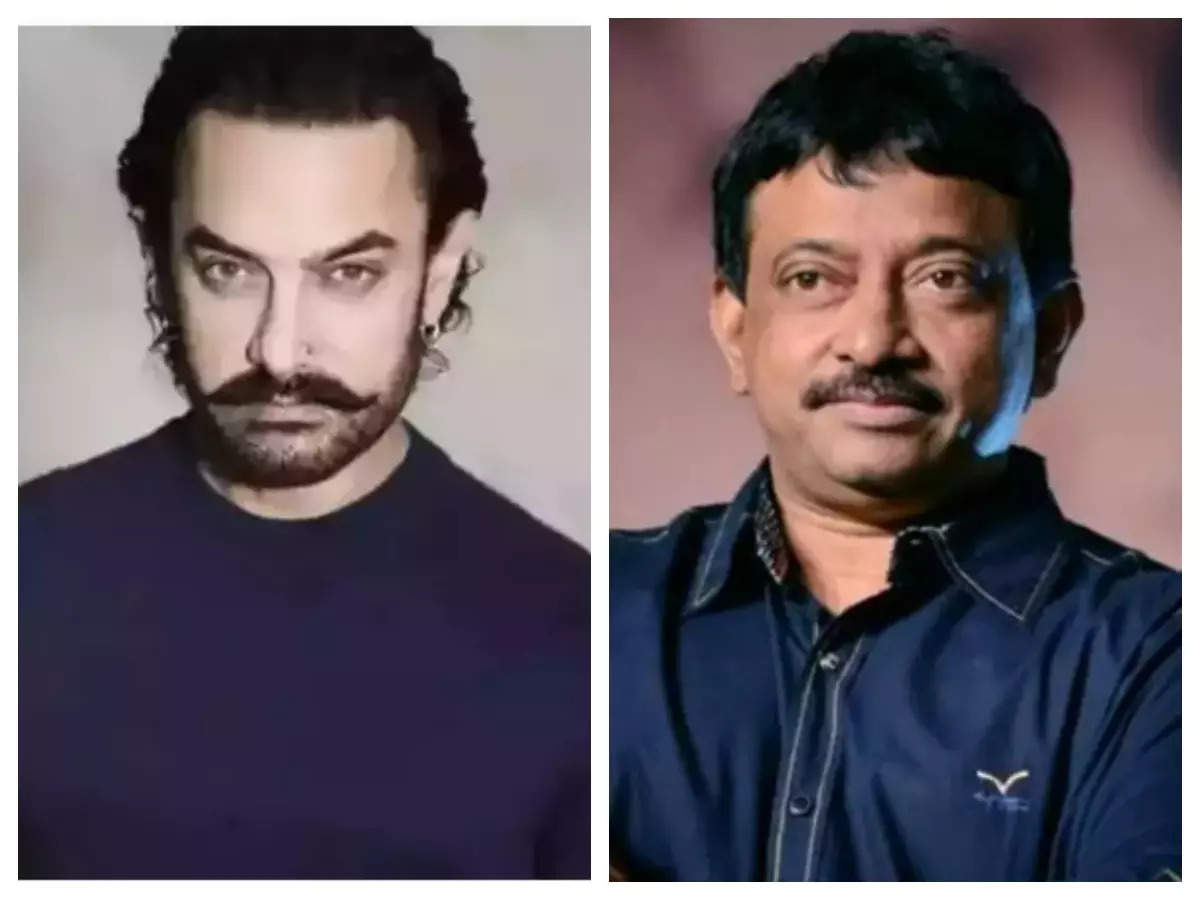Revisiting Aamir Khan’s career highs, Rangeela director Ram Gopal Varma calls him, ‘incredibly passionate performer’ – Times of India
But in Qayamat Se Qayamat Tak (1988) the (lover) boy-next-door image, which was created specifically for this film, became the reference point for Aamir’s image in the future. He is the dependable guy next-door who’ll come to your rescue if your washbasin gets leaky or your child goes missing.
Jo Jeeta Wohi Sikandar (1992) gave a mainstream sanctity to sports films in Bollywood. Prior to JJWS sports films didn’t work. Much later, Aamir gave the same legitimacy to wrestling in Dangal.
The situational Tom & Jerry comedy came out of the closet with Andaz Apna Apna (1994). Aamir had a ball both on and off the sets. This one set the tone for 2-hero bantering films like Dil and Gunday.
With Lagaan (2001) Aamir broke many myths: that period films don’t work, that he wouldn’t be able to carry off a dhoti, that the West cannot be won by Bollywood. Lagaan went on to become one of the most beloved Bollywood films abroad. To this day it remains the only successful cricket-based film.
In Dil Chahta Hai (2001), during the same year as Lagaan, Aamir played a character 10 years junior to his real age. This film directed by debutant Farhan Akhtar marked the advent of the youth film. Dil chahta hai ke isska sequel bane.
Rang De Basanti (2006) remains one of India’s most influential films it created a new heightened social awareness about corruption in politics. Again Aamir played a character at least a decade younger than his real age.
Taare Zameen Par (2007) marked Aamir’s official directorial debut, and created a special space for films dealing with problems pertaining to impressionable minds. This film is a textbook on child-raring. And about the sacred guru-shishya relationship. The other side of the teacher-pupil equation seen in Whiplash.
3 Idiots (2009) re-defined the parameters of the education system. It pointed out the faults in the faculty and assumed that an individual’s destiny need not be shaped in the classroom.
In Delhi Belly (2011) producer Aamir Khan’s saluted smutty cinema. It created a special space for the sex comedy that was not there in mainstream Hindi cinema.
Raju Hirani’s PK did to organized religion what 3 Idiots did to formal education. Aamir’s cinema constantly re-defines the parameters of mainstream Bollywood entertainment. A bold fearless trendsetter is how we can define this Khan. However the performances that Aamir Khan likes are not the ones that are his best. In fact the performances which reveal him to be an actor of substance are not always noticed.
Raakh (1989), which came just before Qayamat Se Qayamat Tak, proved Aamir Khan an actor of volcanic intensity. This is a vigilante film about an angry frustrated young man named, ahem, Aamir whose girlfriend (Supriya Pathak) is gangraped on the street as he watches helplessly. The film deconstructs Aamir’s rage and constructs the character’s revenge in scenes that play themselves out like chronicles of a police confession: broken, disjointed, seething in injustice. One has never seen Aamir scale these heights of implosive indignation ever again. Basu Bhattacharya’s son Aditya who directed Raakh said Aamir was his first and only choice even though Aditya had not seen much of Aamir’s work. Gut feeling for a character who is gutted from inside.
Aamir argued and battled with director Deepa Mehta all through the making of 1947: Earth (1998). He hated the way his character shaped up. He hated everything to do with the film. But as Dil Nawaz the icecream seller during those troubled months of Partition, who has the hots for the ayah Nandita Das, Aamir gave the most controlled performance of his career, bringing out the communalization of a perfectly sane and reasonable man during the unreasonable insanity of communal riots. More than the spoken words we saw the change from gentle soul to hardliner in Aamir’s body language and his incandescent eyes. What a performance! Deepa Mehta still thinks this is Aamir’s best performance to date.
In Ram Gopal Varma’s Rangeela (1995) as Munna (Aamir Khan) the tapori in yellow pants, knitted vests, stubborn stubble and cocky caps Aamir was totally transformed. It would be seriously wrong to call Munna a gunda. He is more the neighbourhood rowdy rathore in anything but khaki. Arguably the finest performance of Aamir’s career, Munna gave Aamir a chance to let go, to simply have fun with a part without bothering with the earlier and future history of the character. The scenes were he coaches Urmila to memorize her dialogues for her shooting the next day, show the actor’s gaze melting in unrequited love as he gets ‘in character’. Aamir actually played the all-giving Chandramukhi from Saratchandra Chatterjee’s Devdas with a sex change. He didn’t have to perform a Mujra to entertain love. The lovelorn looks when Mili isn’t looking (she has her eyes trained to a distant dream) kept Munna’s character on the level of a street-smart lover-boy without reducing him to a caricature. Munna’s hurt when Mili excitedly walks off in the middle of a lunch date to be with the superstar, was so palpable, we were inclined to shake Mili by her shoulders and point her to the obvious love that flowed out of Munna.
Says director Ram Gopal Varma, “Aamir’s character was based on a street gunda I knew in Hyderabad. When I narrated Rangeela to Aamir he immediately agreed. He is an incredibly passionate performer. Is Rangeela Aamir’s finest? I can’t say. I haven’t seen all his films. But I think he played Munna exactly the way I imagined the character.”
For all the latest entertainment News Click Here


